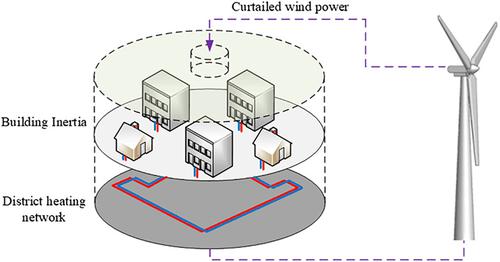当前位置:
X-MOL 学术
›
WIREs Energy Environ.
›
论文详情
Our official English website, www.x-mol.net, welcomes your
feedback! (Note: you will need to create a separate account there.)
Reducing renewable power curtailment and CO2 emissions in China through district heating storage
Wiley Interdisciplinary Reviews: Energy and Environment ( IF 5.4 ) Pub Date : 2019-08-08 , DOI: 10.1002/wene.361 Wandong Zheng 1 , Jay J. Hennessy 2, 3 , Hailong Li 3
Wiley Interdisciplinary Reviews: Energy and Environment ( IF 5.4 ) Pub Date : 2019-08-08 , DOI: 10.1002/wene.361 Wandong Zheng 1 , Jay J. Hennessy 2, 3 , Hailong Li 3
Affiliation

|
Emissions reductions are often achieved through the increased share of renewable energy sources (RES) and China is the leader in the growth of RES in the power sector. This growth has led to high levels of curtailment of RES power due to insufficient reinforcement of the electricity grid to support such growth and due to competition with other power sources. Although the problem of curtailment has been alleviated in recent years, large amounts of power are still discarded, and it is important to consider how to address this problem in the short term and how much CO2e emissions could be avoided as a result. The use of district heating systems to reduce the curtailment of renewable power has seen increasing interest in recent years. Based on a review of potential energy storage in district heating, the current paper assesses the capability to use the national storage potential of district heating systems in China to reduce curtailment and to determine what effects that may have on avoiding CO2e emissions. The distribution networks and the thermal inertia of buildings connected to district heating are considered as two major forms of storage that can be “charged” using power that would otherwise be curtailed. The results show that there may be sufficient storage available to absorb all renewable power that is currently curtailed in those provinces using district heating during the heating season, resulting in avoided emissions of up to 14 MtCO2e/annum.
更新日期:2019-08-08









































 京公网安备 11010802027423号
京公网安备 11010802027423号